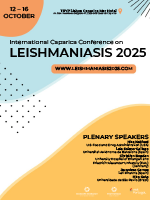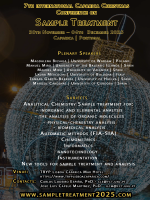Bacterial two-hybrid analysis of the Shewanella oneidensis MR-1 multi-component electron transfer pathway
DOI: 10.5584/jiomics.v1i2.68
Abstract
Understanding cellular systems requires profound analysis of the protein interaction networks. Protein interaction mapping is performed mainly by co-purification strategies or two-hybrid systems. Recently, we expanded the tools for analyzing protein-protein interactions in bacteria with a two-hybrid technique based on beta-galactosidase complementation, and demonstrated its potential to explore interactions of membrane systems and to study transient interactions between redox partners (Borloo et al. 2007a). We demonstrate here the functionality of this assay to reveal the interactions within the complex electron transfer chain of the dissimilatory metal reducing bacterium Shewanella oneidensis MR-1. Specifically, we identified the cytoplasmic membrane-bound CymA as a key component, after which the electron transport chain is found to bifurcate towards several periplasmic proteins. It again congregates at the crucial MtrA, which in turn forms an electron transfer complex with the outer membrane localized MtrB and the terminal ferric reductases MtrC and OmcA. These data are complemented by mutant screening and confirm previous kinetic analyses (Borloo et al., 2007b).









